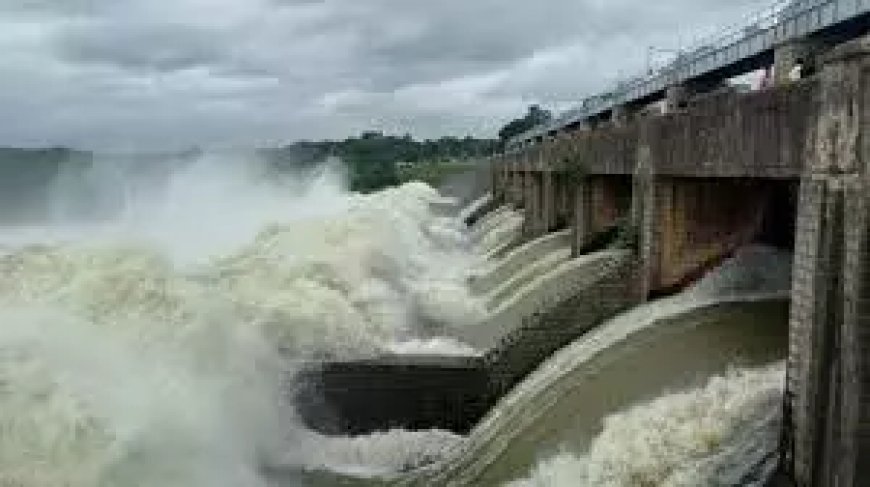Nizamsagar Lost 60.47% storage capacity due to silt
On average, major reservoirs in the state lost about 20% of storage capacity


Hyderabad: Siltation has severely impacted the storage capacity of Telangana's reservoirs, with many losing up to 25-30 per cent of their storage capacity due to accumulated silt.
Many of the state's water bodies are over 30 years old and have lost substantial water-holding capacity due to siltation. A National Hydrology Project survey found that major reservoirs have lost about 20 per cent of their storage capacity over time.
The most affected is the Nizamsagar reservoir, which has seen a dramatic 60.47 per cent storage capacity reduction. Other reservoirs such as Nagarjunasagar and Srisailam have experienced reductions of 23.52 per cent and 29.96 per cent, respectively.
Reports from the Central Water Commission (CWC) also highlighted the severity of the situation: the storage capacity at Srisailam has fallen from 308 to 215 thousand million cubic ft (tmc ft) and at Nagarjunasagar, it has decreased from 405 to 312 tmc ft.
In response, the government has approved desilting initiatives, starting with the Kadam, Lower Manair and Mid Manair dams, which are located in north Telangana, on a pilot basis. This initiative aims to emulate the long-term dredging model successfully implemented in Gujarat, Madhya Pradesh and Maharashtra, for maintaining the ecological balance and sustaining water resources in the region, which is highly dependent on irrigation for agriculture.
The Nizamsagar reservoir, constructed between 1923 and 1930 on the Manjira River, has suffered substantial sedimentation over the years. Hydrographic surveys show a steady decline in storage capacity, prompting efforts to mitigate further sedimentation.
The reservoir was remodeled to raise its full reservoir level (FRL) and an auxiliary spillway was added. These interventions, along with upstream projects that trap sediment, have reduced the annual rate of siltation from 6.35 to 3.8 hectare-metres per 100 square kilometres per year.
The Telangana government is favoring a revenue generation model for desiltation for further maintenance and conservation efforts of these water bodies. This model is designed to create a sustainable financial loop that supports ongoing desilting efforts and reservoir upkeep.
If properly managed, desilting can enhance the ecological health of the reservoirs by maintaining their natural sediment balance, which is essential for aquatic life. After extracting sand, the remaining soil can be processed into nutrient-rich manure for agricultural use.






































